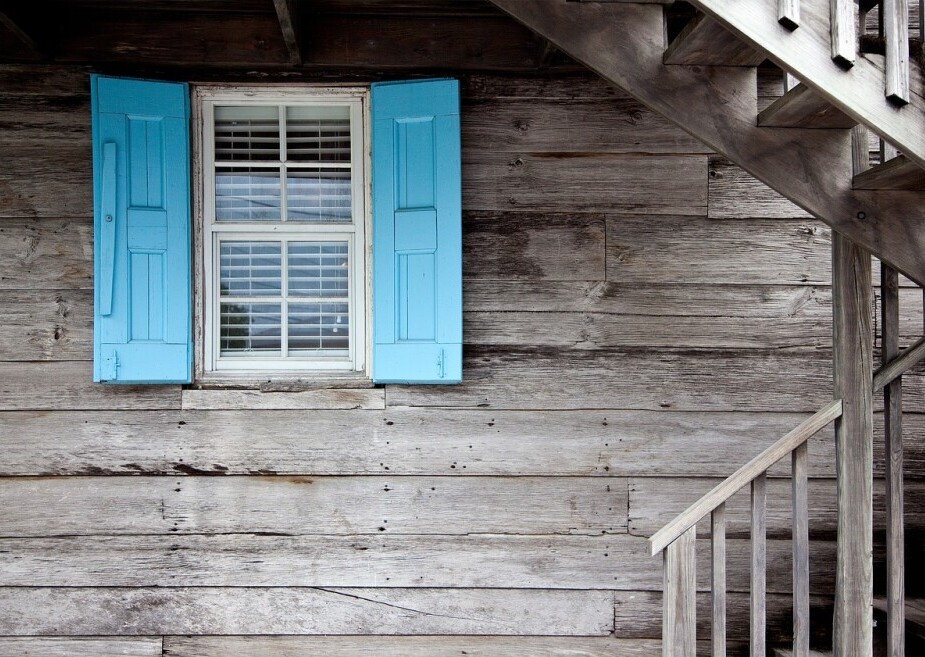Energy-saving thermal insulated window treatments can serve a crucial function by regulating the indoor climate. These treatments reduce heat loss during winter and prevent heat gain in summer, making them an environmentally friendly option for those looking to save on energy bills. By investing in thermal insulated window treatments, you can create a comfortable and energy-efficient living space while contributing to a greener future.

How thermal insulated window treatments work?
The thermal window treatments work by providing an additional layer of insulation between the windowpane and the room. The layered materials effectively trap air, which acts as a barrier to temperature exchange. Think of these coverings as a thermal blanket for your windows.
In addition, materials play a significant role in the effectiveness of these treatments. The common materials include: tightly woven textiles, reflective films, and cellular structures designed specifically for trapping air pockets.
The right choice of material will depend on your specific needs, whether it’s reducing glare, controlling temperature, or maintaining privacy.
It’s important to compare the insulation efficiency of various window treatments. Cellular shades, for example, are often praised for their honeycomb design that offers superior insulating properties. Curtains with thermal backing also provide excellent insulation, especially when they reach from ceiling to floor and wall to wall.
Beyond their practical benefits, thermal insulated window treatments can also contribute positively to the environment. By reducing the need for extensive heating and cooling, these treatments can lower household energy consumption, helping to reduce the carbon footprint.

Top 5 Effective Thermal Insulated Window Treatments
Finding the perfect window treatment to boost insulation isn’t always straightforward, but it can make a big difference in comfort and savings.
Cellular shade
A top contender for insulation is the cellular shade, famed for its honeycomb design that traps air and creates a barrier. These shades offer various cells, where more cells mean better insulation, so choosing the right one depends on your home’s climate needs.
Thermal curtains
Thermal curtains are another solid option, often made from tightly woven fabrics with an insulating core. They excel at retaining heat in the winter and cool air in the summer, offering year-round benefits. To maximize effectiveness, ensure these curtains are long enough to cover the window completely and are installed close to the frame.
Window films
Window films might not be the first thing that comes to mind, but they’re impressive in their ability to reflect sunlight and heat. This is particularly useful in hot climates where blocking sunlight is crucial. The application is straightforward, but precision is key for a smooth and effective finish. These films can maintain your view while dramatically reducing energy use.
Shutters
If you’re after something more permanent, shutters could be your answer. They’re not only stylish but also provide great insulation when closed. Look for ones with solid wood or composite materials, as these provide the best thermal barrier. While shutters are a bigger investment, they add value to the home with their durability and aesthetic appeal.
Insulated blinds
Lastly, consider insulated blinds, which combine the benefits of blinds and curtains. Their thick material traps air and reduces thermal transfer. The variety of colors and styles available means you can easily find a design to suit your home.
Each of these treatments has its unique advantages, so think about your priorities—be it aesthetic, cost, or maximum efficiency—when deciding which to implement.
Pros and Cons of Thermal Insulated Window Treatments
Understanding the upsides and downsides of thermal insulated window treatments helps you make an informed choice. On the plus side, these treatments can significantly reduce your energy bills. Studies show potential savings of up to 20% on heating and cooling costs, depending on the insulation quality and climate.
However, they’re not without drawbacks. The initial investment can be higher than standard window coverings. This upfront cost is something to consider if you’re on a tight budget, but the long-term savings often justify the expenditure.
Installation could be trickier too, especially for those without much DIY experience. Some options, like window films, require precision to avoid bubbles or imperfections, while cellular shades might need professional fitting to ensure they work their best.
One overlooked perk is their noise-reducing properties. The same qualities that block temperature transfer can also dampen sound, making these treatments ideal for street-facing windows or noisy neighbors.
Not all solutions work equally well for keeping heat out, so if that’s your primary goal, options like reflective window films or thermal curtains with light-blocking liners may serve best.
In choosing the right treatment, it is important to weigh these factors along with your specific needs. If you value aesthetics and noise reduction as much as insulation, cellular shades or shutters might be worth the cost. If energy savings are your sole focus, thermal curtains provide a good balance of efficiency and price.
How to Choose the Right Thermal Insulating Treatment?
Selecting the most suitable thermal insulating treatment for your windows is about balancing your specific needs with what you’re willing to invest. Start by assessing your home’s particular needs—are you battling high heating bills in winter or is the glaring summer sun your primary concern? Knowing this will guide the type of treatment best for you.
When it comes to quality brands, Hunter Douglas is often mentioned for its high-performance cellular shades, while 3M offers top-notch window films known for durability and efficiency. Eclipse provides excellent thermal curtains praised for their effectiveness and affordability. Investing in a reputable brand can make a noticeable difference in performance and longevity.
As you weigh costs against savings, consider both short-term and long-term benefits. Initial costs might be daunting, but many find that the reduction in energy expenses over the years offers a good return on investment.
Ultimately, choosing the right window treatment also involves considering aesthetics. Your choice should complement your interior style while meeting insulation needs. Whether you opt for sleek blinds, elegant curtains, or robust shutters, the right design is out there.
In finding the overall winner for your home’s needs, prioritize what matters most to you, be it cost efficiency, aesthetic value, or maximum energy saving. Each home is different, so the best choice is one that meets your personal circumstances and expectations.


















